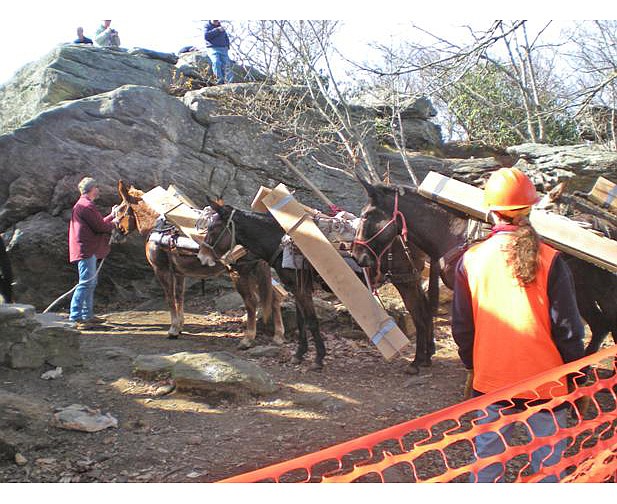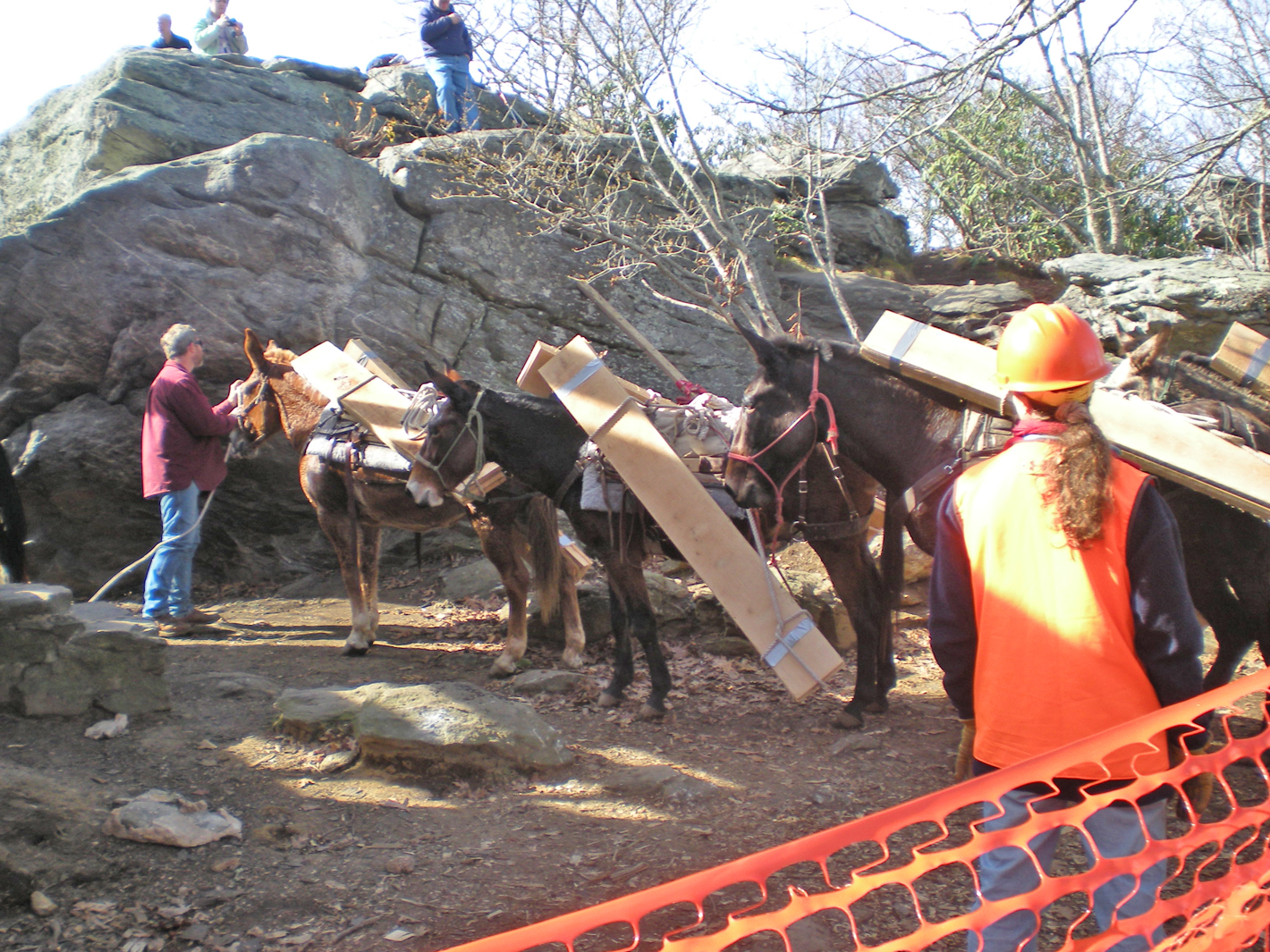With about 40,000 people a year visiting Blood Mountain in North Georgia, the winter months can offer a different experience.
Those making the trek to the peak 4,461 feet above sea level can find more solitude this time of year, as well as great views with the season's low humidity, clear air and bare trees.
"Winter is a great time for hiking. You can see Atlanta from there," Georgia Appalachian Trail Club president Shelley Rose said about the view from Blood Mountain. It is about 75 miles northeast of the state capital, as the crow flies, and 115 miles with a driving time of just over two hours from Chattanooga.
The path to the mountain is the most popular section of the Appalachian Trail in Georgia and leads to the AT's highest point in the state. The summit offers a 360-degree view of the Chattahoochee National Forest and the surrounding area.
Some legends say Blood Mountain got its name from battles between Cherokee and Creek Indians in the late 1600s. Other stories say it resulted from a last stand of the Cherokee against the colonists during the Revolutionary War.
The name of nearby Slaughter Mountain seems to support those possibilities. Even so, some claim Blood Mountain's name came from the reddish lichens that can be found on its rocky sections.
"I have been up there before and have seen two to three hundred people in one day," said Rose, a 25-year GATC member. "It is really overused. The trail is hard to maintain because there are so many people using it."
Easy road access helps explain the high visitor count.
While the AT crosses U.S. Highway 19/129 at Neels Gap and the 2.5-mile climb to the summit can start there, most visitors begin their upward walk from the Byron Herbert Reece Memorial parking area just north of Neels Gap. Reece was a poet who lived on a nearby farm and committed suicide at the age of 41.
"I like the winter because the leaves are down, so you've got clear views," said Winton Porter, owner of the Mountain Crossings outfitter/hostel at Walasi-Yi in Neels Gap.
The building Porter leases from the state of Georgia was built by 300 or so members of the Civilian Conservation Corps in the mid-1930s.
Porter, who wrote the book "Just Passin' Thru" about his experiences with many of the hikers who have traveled through Neels Gap in intending to hike the entire AT, also likes visiting Blood Mountain in the cold months.
"You can really get some nice days during the winter. There is just a tremendous amount of calm in the wintertime," he said. "In the wintertime, the curtains are pulled back."
At the top of Blood Mountain is a two-room shelter built by the CCC in 1934 and used by backpackers ever since. It was refurbished in 1981 and had its roof replaced in 2011.
"It is the only stone shelter on the [Georgia Section] trail, and it is the oldest one in Georgia," Rose said.
As the shelter is located in a wilderness area, power tools and other mechanized equipment were not allowed to be used in the repairs. To transport the supplies and equipment for the new roof, mules were used for 32 round trips up and down the mountain. They carried 14-foot beams at times.
Established in 1930, the GATC includes about 750 members with the responsibility of maintaining 75.6 miles of the AT and 12 shelters in Georgia.
Additional information about the trail club and Blood Mountain can be found at www.georgia-atclub.org.

